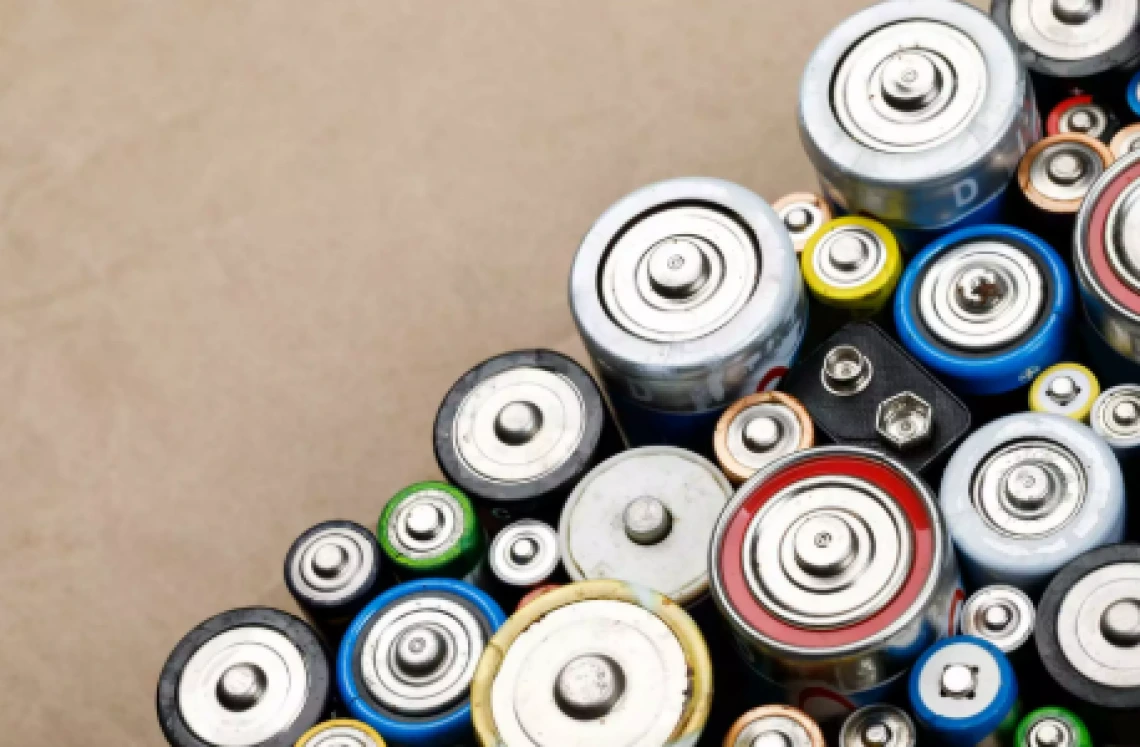Integrated Particle and Raman Analysis for Advanced Battery Materials

As the requirements for electric vehicles and other portable devices become increasingly rigorous, the need for high-performance batteries and the capability to monitor the physical and chemical properties of battery materials continues to grow. Among the emerging materials, finding more applications in rechargeable lithium-ion batteries are lithium iron phosphates (LFPs), used to comprise the cathode, and carbon-coated silicon (Si@C), utilized in anode development.
LFPs are notable for their enhanced safety, reduced cost, and extended lifetime compared to nickel cobalt-based batteries. However, their inherently low electrical conductivity necessitates carbon coating to enhance conductivity. Carbon-coated silicon is of interest as a potential anode material, as silicon offers ten times the theoretical capacity of conventional graphite anode, while the carbon coating provides structural stability and boosts conductivity.
Particle size is a critical factor to monitor, as it influences almost all performance parameters of battery materials. Generally, smaller and narrow distributions are superior to wider and coarser distributions.
Reduced particle size typically results in greater surface area for electrochemical reactions; however, nanosized materials may exhibit poor packing density and diminished volumetric energy density.
Another concern with nanosized particles is their excessively high surface area, which can lead to substantial lithium loss during the initial charge-discharge cycle due to the significant surface area of the electrode requiring passivation. Conversely, the presence of stray coarse particles can promote lithium plating on the anode surface, reducing capacity and increasing the likelihood of dendrite formation and short circuiting.
Particle shape also influences packing density and, consequently, volumetric energy density. Irregularly shaped particles have greater surface area than spherical particles of equivalent size. Although this increases the area for electrochemical reactions, it also results in increased lithium loss during the initial charge-discharge cycle.
Raman spectroscopy can be used to obtain additional chemical insight into the carbon present in both LFP carbon coatings and carbon-coated silicon particles. The resulting Raman spectra exhibit a G band, the primary mode for graphite, whose width can be utilized to measure the degree of graphitization, or the extent to which the carbon resembles ideal graphite. Raman spectroscopy can also be employed to measure defect levels via the area integrated intensity ratio of the D band to the G band (AD/AG).
The degree of graphitization is a key parameter to monitor for battery performance, as higher graphitization enhances electrical conductivity and lithium-ion intercalation efficiency. Conversely, monitoring graphite defect levels is essential as a moderate defect level enhances capacity rates, while excessive defects can compromise graphite’s structural quality.
Two LFP powder samples—one in an agglomerated state prior to processing (LFP-1) and another in an un-agglomerated state following processing (LFP-2)—as well as one carbon-coated silicon powder sample were supplied for analysis of physical characteristics using particle size and shape analysis. Raman spectroscopy was employed to analyze chemical characteristics to identify possible parameters that may influence battery performance.
Analytical Test Method for Particle Characterization Analysis
Particle size distribution was determined using a HORIBA LA-960V2 employing the laser diffraction strategy. Particle shape information was determined using the HORIBA LY-9610 Imaging Unit accessory, positioned in-line with the flow cell to further measure shape information via dynamic image evaluation.
Method
- Cell: Flow Cell
- Refractive index: 1.920-0.522i
- Circulation level: 3
- Agitation level: 3
- Dispersion Medium: Isopropyl alcohol (IPA)
Test Procedure:
- Feed the LA-960V2 with IPA.
- Add sample to 90% transmittance.
- (For LFP-2 sample) Sonicate for one minute on level 7.
- Conduct a measurement for size information.
- Conduct a measurement with the image accessory (LY-9610) for shape information.
Analytical Test Method for Raman Spectroscopy
Raman spectra were acquired with a HORIBA XploRA™ PLUS Confocal Raman Microscope.
Method
- Laser wavelength: 532 nm
- Laser power: < 1 mW on sample
- Raman data sets: 400 points spectra for each sample
Raman spectra were processed by fitting peak models and extracting peak parameters from each spectrum, using QCarbon, a LabSpec6 app developed by HORIBA Raman. READ MORE
